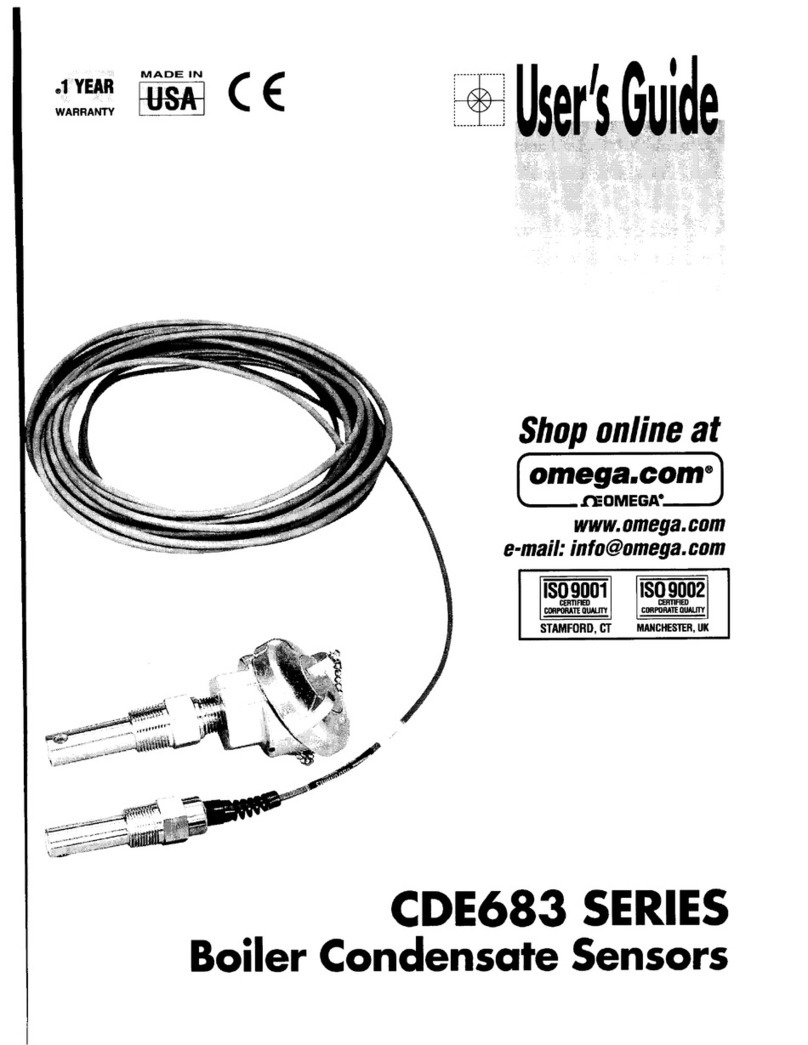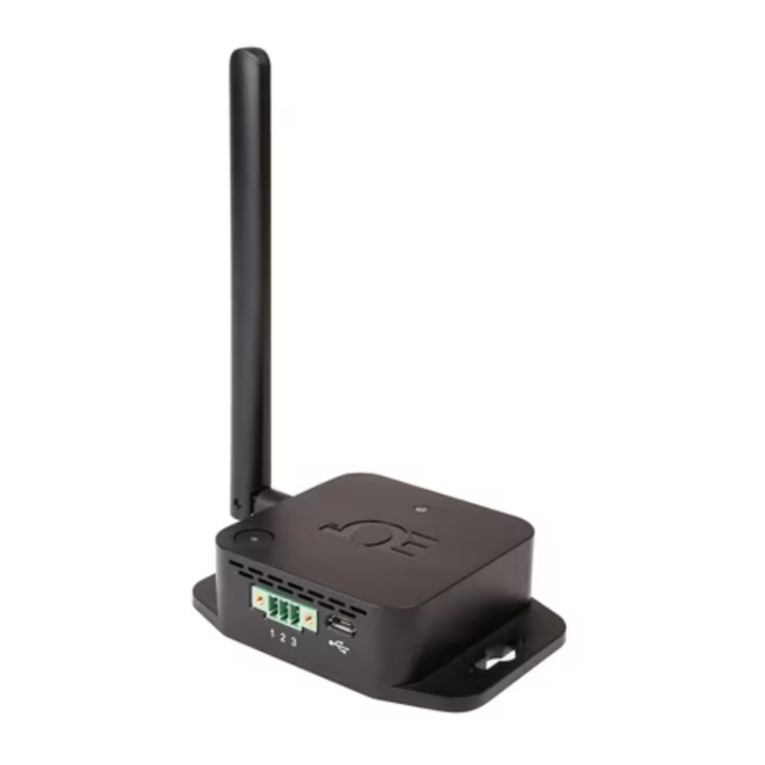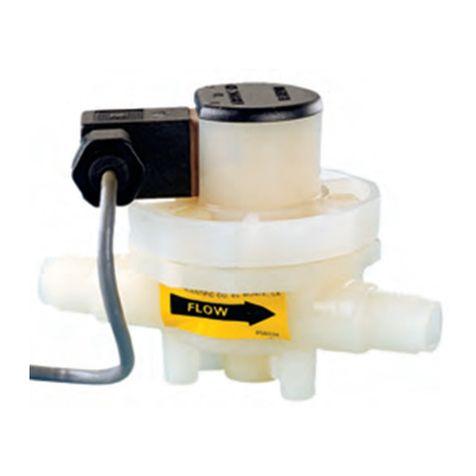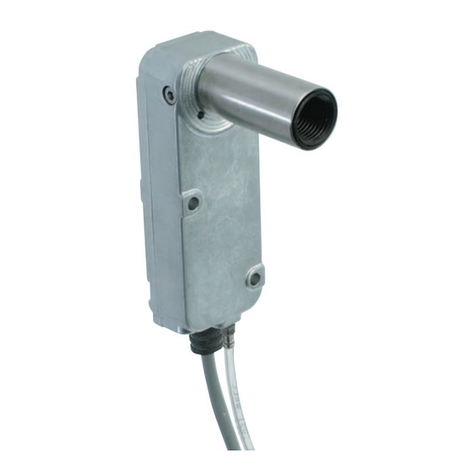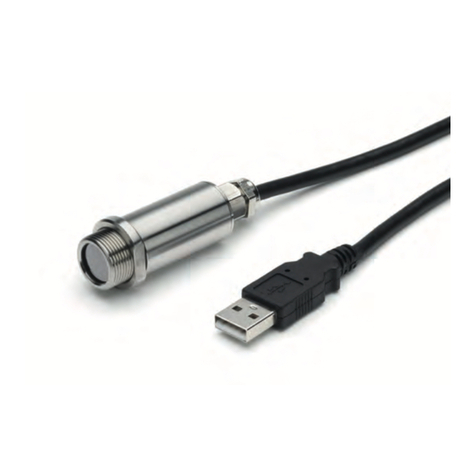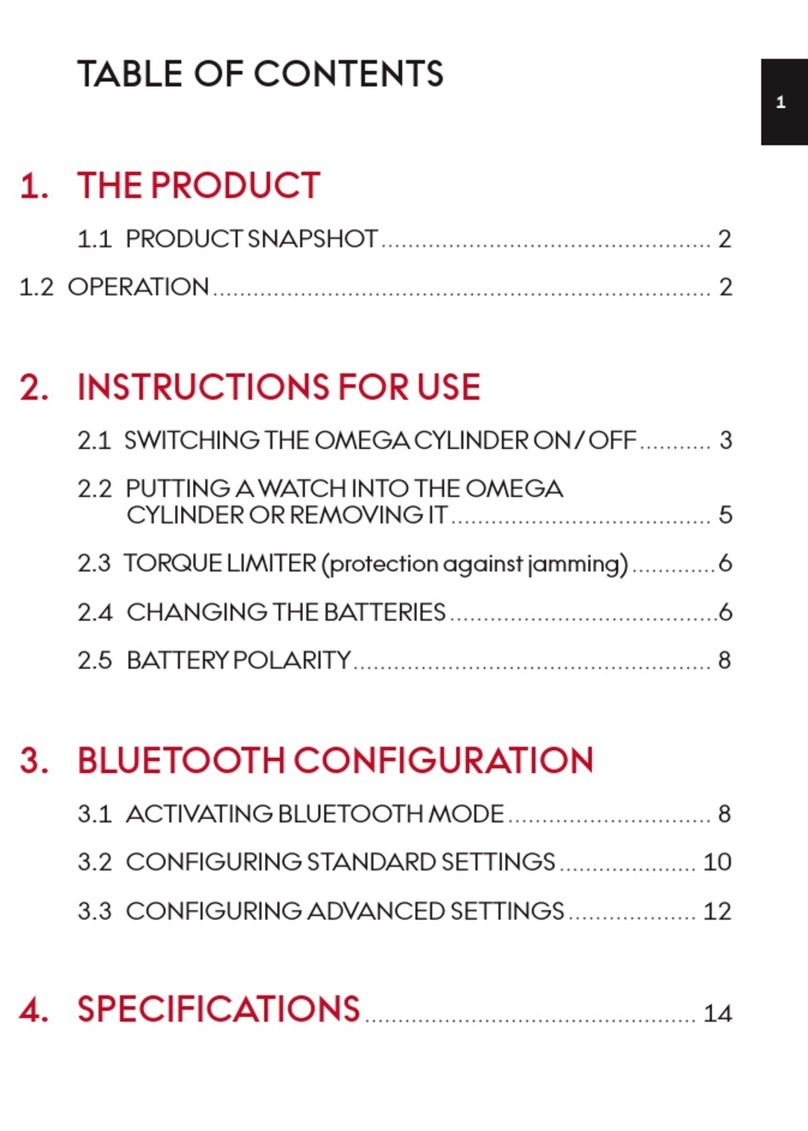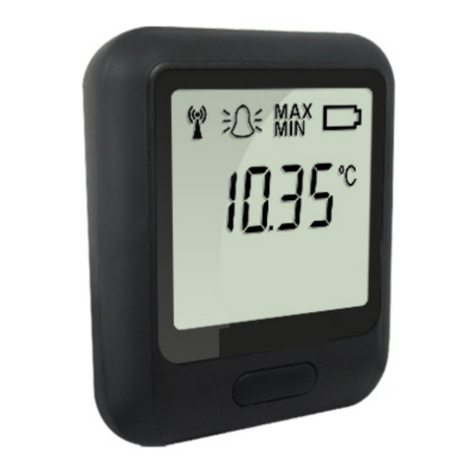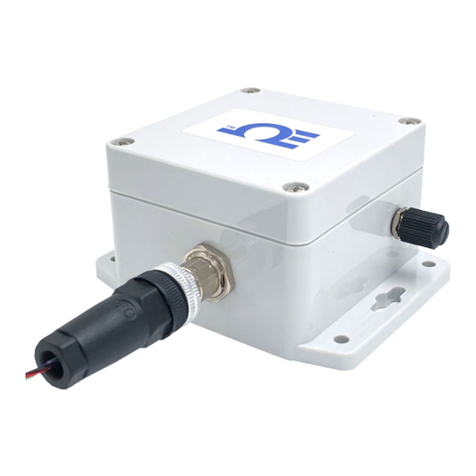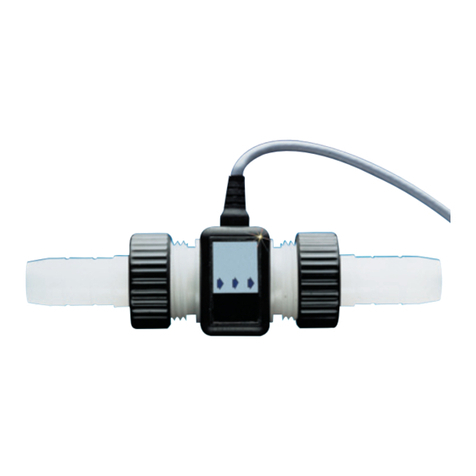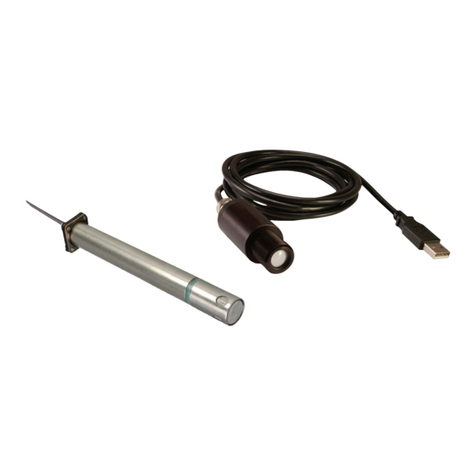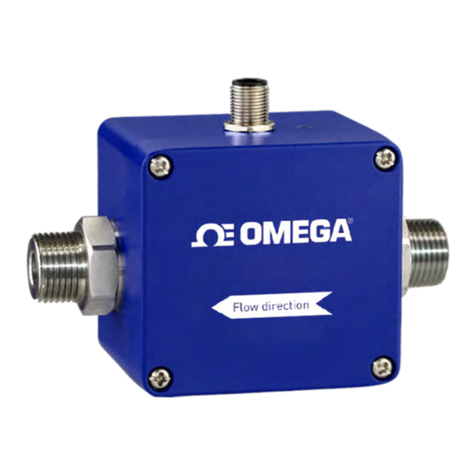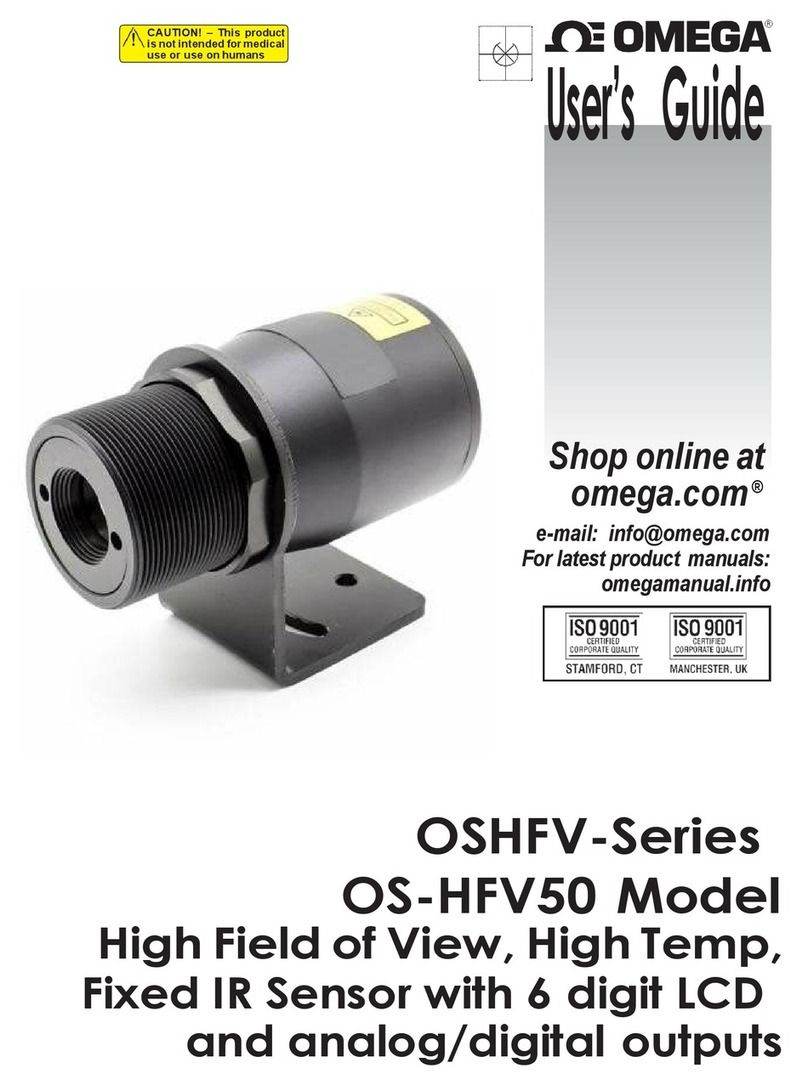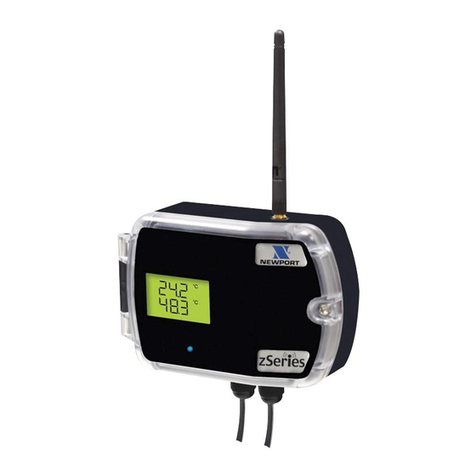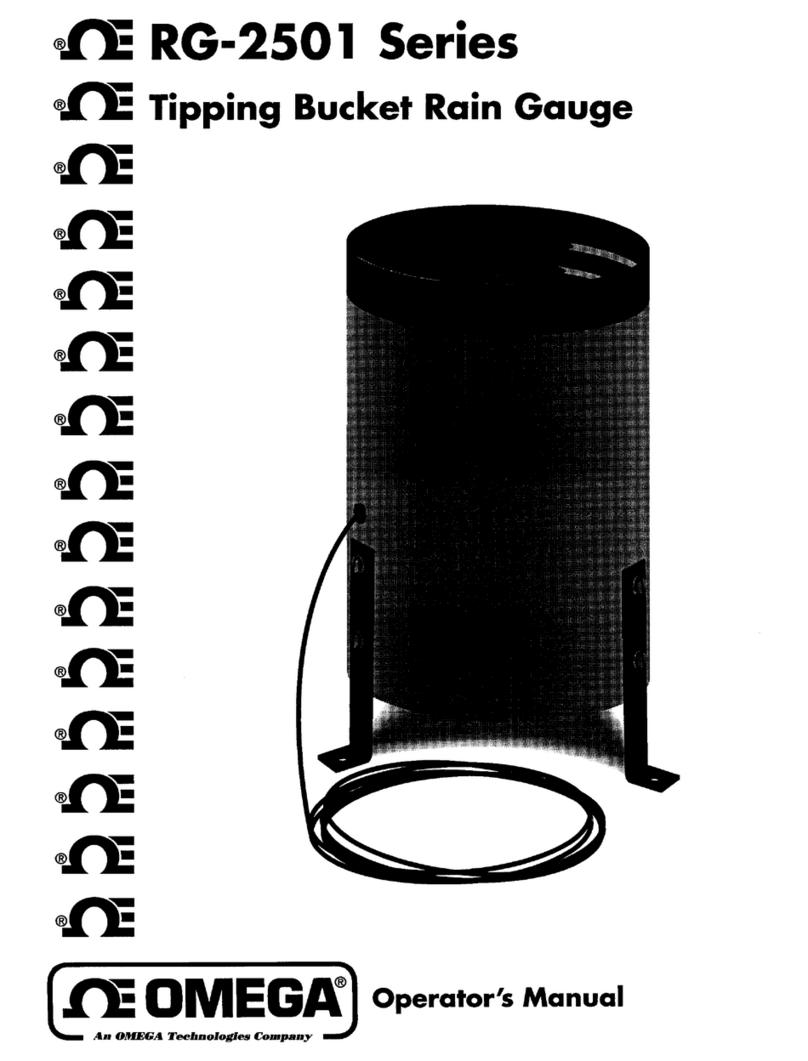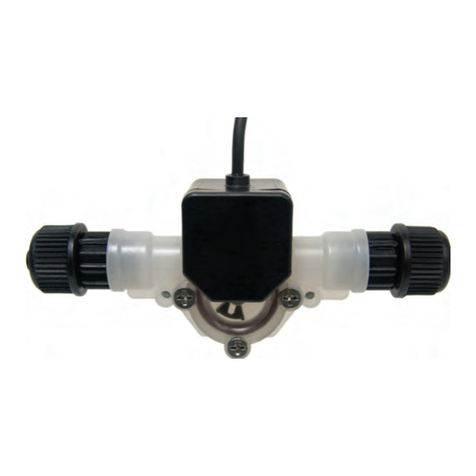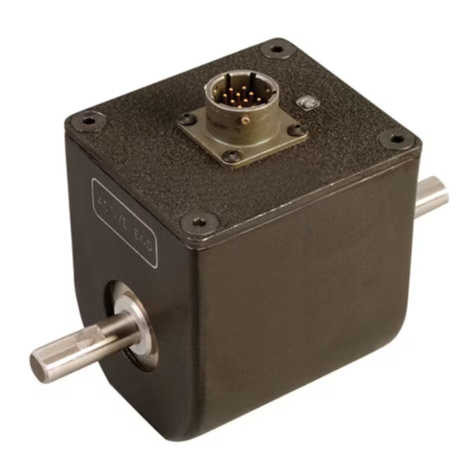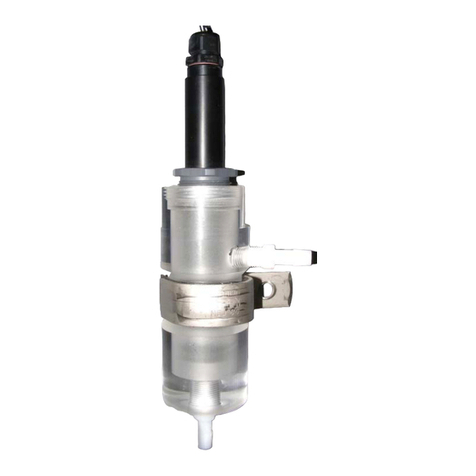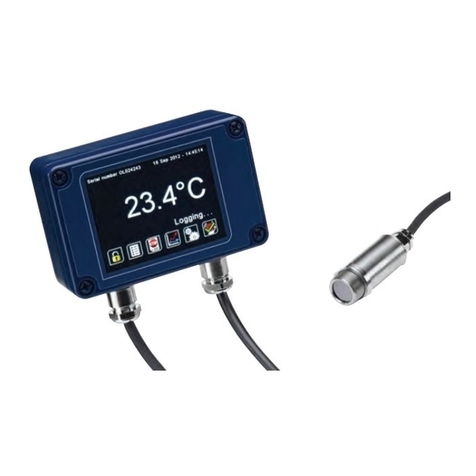
3 | Page
Table of Contents
1Notes, Warnings, and Cautions .................................................................................................................. 5
2Introduction .............................................................................................................................................. 6
3Hardware Setup ........................................................................................................................................ 7
3.1 Connecting your Layer N Smart Interface ..........................................................................................................7
3.2 Digital Input Wiring Diagram ............................................................................................................................7
4SYNC Configuration ................................................................................................................................... 7
4.1 Connecting to SYNC - Automatic Detect ............................................................................................................7
4.2 Connecting to SYNC – Manual...........................................................................................................................7
4.2.1 Communication Interface..................................................................................................................................... 8
4.3 Digital Inputs Interface .....................................................................................................................................9
4.4 Configurable Digital I/O..................................................................................................................................11
4.4.1 Input Settings ..................................................................................................................................................... 11
4.4.2 Output Settings .................................................................................................................................................. 11
4.4.2.1 ON/OFF Functions........................................................................................................................................................... 12
4.4.2.2 Pulse-Width Modulation (PWM) .................................................................................................................................... 12
4.4.3 Setting Alarms .................................................................................................................................................... 12
4.5 ON/OFF Control .............................................................................................................................................13
5Appendix: SP-013 Registers...................................................................................................................... 14
5.1 Digital Descriptor ...........................................................................................................................................14
5.1.1 Digital Measurement Types ............................................................................................................................... 14
5.1.2 Digital Data Type/Format................................................................................................................................... 15
5.1.2.1 Data Type ........................................................................................................................................................................ 15
5.1.2.2 Factory Calibrate............................................................................................................................................................. 15
5.1.2.3 Sensor Writeable ............................................................................................................................................................ 15
5.1.2.4 Smart Sensor................................................................................................................................................................... 15
5.1.3 Digital Configuration .......................................................................................................................................... 15
5.1.3.1 Sensor Range / Type ....................................................................................................................................................... 15
5.1.3.2 Lock ................................................................................................................................................................................. 15
5.1.3.3 Apply Scaling ................................................................................................................................................................... 15
5.1.3.4 Assigned .......................................................................................................................................................................... 16
5.1.3.5 Available.......................................................................................................................................................................... 16
5.1.4 Digital I/O Byte ................................................................................................................................................... 16
5.1.5 IPSO Digital Input Sensor Definition................................................................................................................... 16
5.1.5.1 Sensor Trigger Function .................................................................................................................................................. 17
5.2 Digital Input / Output Descriptor ....................................................................................................................17
5.2.1 DIO Sensor Type ................................................................................................................................................. 17
5.2.2 DIO Data Type/Format ....................................................................................................................................... 17
5.2.2.1 Data Type ........................................................................................................................................................................ 17
5.2.2.2 Factory Calibrate............................................................................................................................................................. 17
5.2.2.3 Sensor Writeable ............................................................................................................................................................ 18
5.2.2.4 Smart Sensor................................................................................................................................................................... 18
5.2.3 DIO Input Configuration ..................................................................................................................................... 18
5.2.3.1 Lock ................................................................................................................................................................................. 18
5.2.3.2 Apply Scaling ................................................................................................................................................................... 18
5.2.3.3 Assigned .......................................................................................................................................................................... 18
5.2.3.4 Available.......................................................................................................................................................................... 18
5.2.4 DIO Device Configuration................................................................................................................................... 18
5.2.4.1 Invert............................................................................................................................................................................... 18
5.2.4.2 Enable ............................................................................................................................................................................. 18
